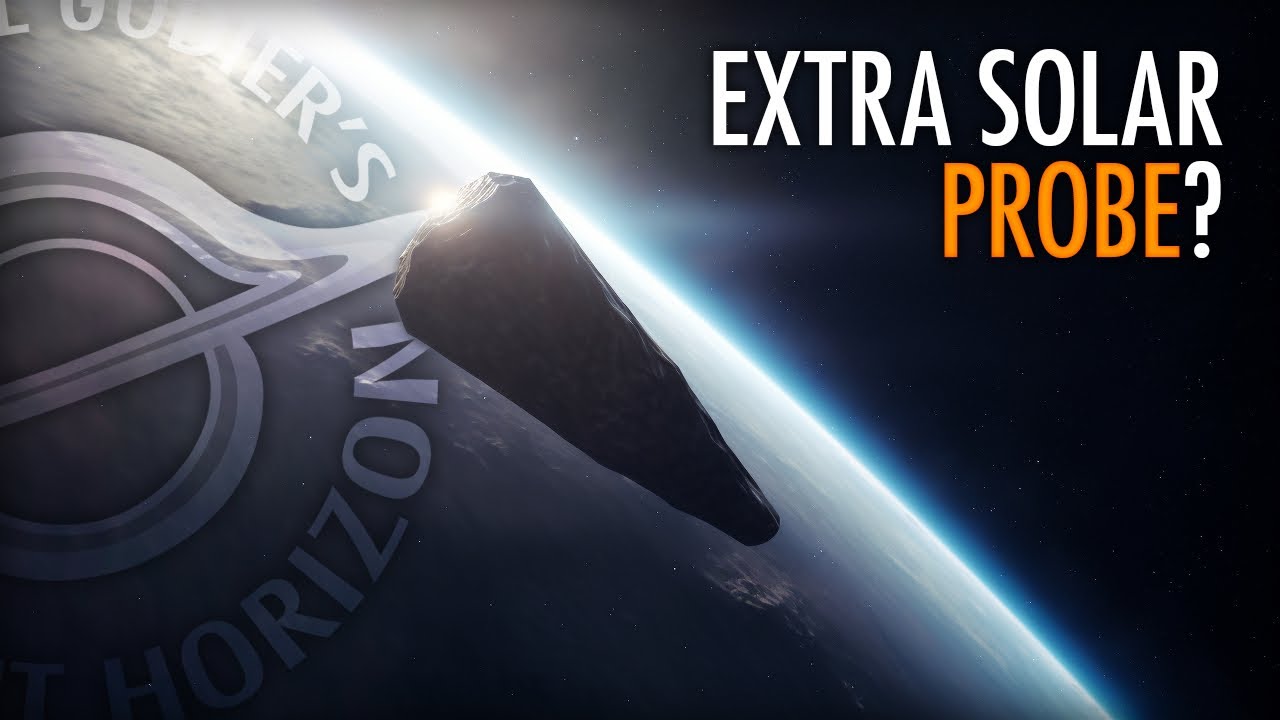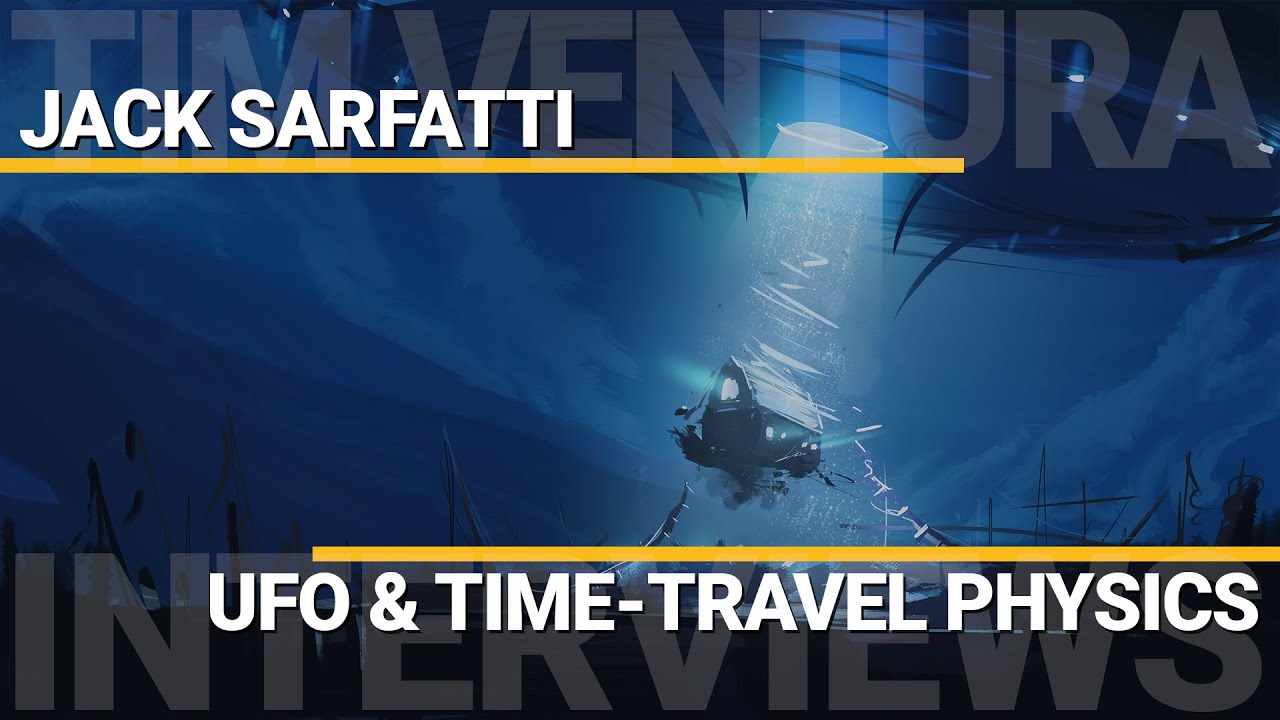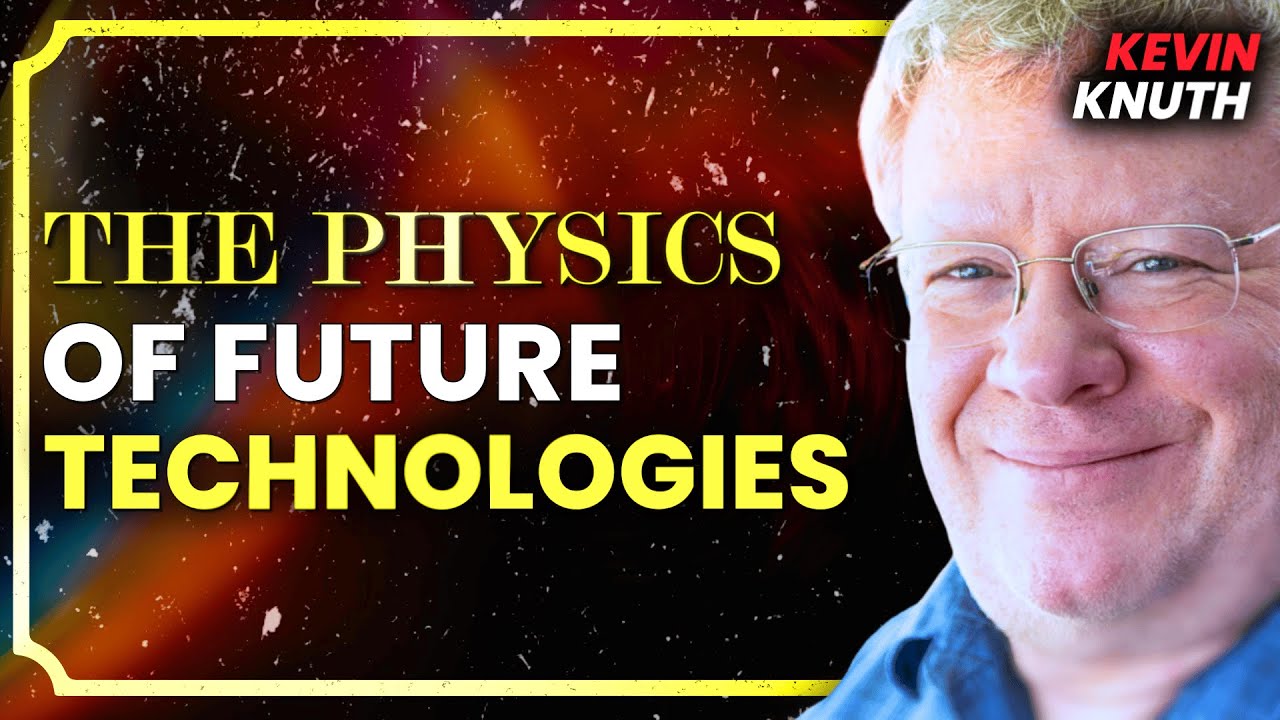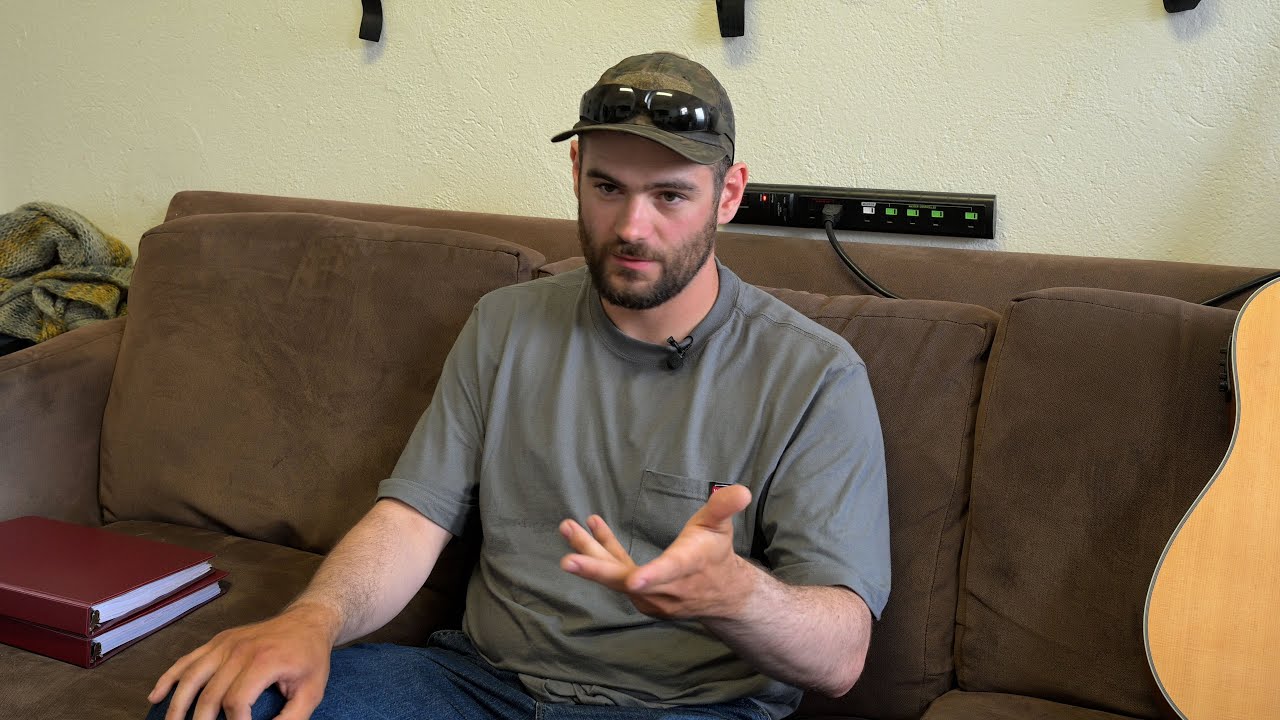UAP Observations & Metric Engineering
Robert Addinall delivers an in-depth summary of the UAP Phenomenon in, “UAP Observations and Metric Engineering: Patterns in Examples from the 20th and 21st Centuries. This presentation explores the correlation between Unidentified Aerial Phenomena (UAP) observations and the theoretical principles of metric engineering, specifically Alcubierre warp drives. Addinall presents a compelling case by examining decades of UAP sightings, alongside the evolution of theoretical physics concerning spacetime manipulation. Key arguments include the alignment of observed UAP characteristics (sudden acceleration, hypersonic speeds, trans-medium travel) with predicted warp bubble behavior.
Addinall cites various credible sources, including the Galileo Project, the work of Hal Puthoff and others on spacetime metric engineering, and documented UAP reports (e.g., the Cometar Report, Leslie Kean’s work, and Paul R. Hill’s Unconventional Flying Objects). While acknowledging the need for further research and definitive proof, the speaker strongly suggests that the observed correlations warrant serious scientific investigation into the possibility of UAP propulsion systems based on manipulating spacetime.
The Physics of Warp Bubbles and Wormholes: A Primer
The theoretical underpinnings of this hypothesis lie in the complex realm of general relativity. Early work on traversable wormholes, like the Einstein-Rosen Bridge (00:10:00), and Schwarzschild wormholes (00:10:00), laid the groundwork. Key advancements include Ellis and Bronnikov’s 1973 papers (00:10:30) and, most notably, Morris and Thorne’s 1988 model (00:11:00), which even inspired visuals for Carl Sagan’s Contact. While these wormholes are generally considered impractical, they provide valuable theoretical frameworks.
The concept of warp drives, as popularized by Miguel Alcubierre’s 1994 paper (00:12:00), takes a different approach. Alcubierre proposed a method for faster-than-light travel by warping spacetime itself, creating a “warp bubble” that expands space behind a spacecraft and contracts it in front (00:13:00). Crucially, the interior of this bubble remains flat, eliminating the immense G-forces that would otherwise be fatal. While initially conceived for faster-than-light travel, the subluminal capabilities of Alcubierre warp bubbles are equally relevant to the UAP discussion (00:06:00).
Metric Engineering and UAP Observations: A Striking Correlation
The connection between metric engineering and UAP observations is compelling. Several researchers, including Hal Puthoff (00:14:00), have explored the implications of spacetime metric engineering for propulsion, suggesting that the characteristics of warp bubbles align remarkably well with observed UAP behaviors. Puthoff’s work, along with that of others like Eric Davis (00:14:00), highlights potential effects such as:
- •Redshift and Time Dilation: (00:15:00) Observers might perceive time differently depending on their position relative to a UAP.
- •Unusual Acceleration and Deceleration: (00:15:30) The craft’s movement might appear vastly different to internal and external observers.
- •Enhanced Durability and Impact Resistance: (00:16:00) UAPs often exhibit remarkable resilience to impacts and extreme maneuvers.
- •Cloaking and Blinking Effects: (00:16:00) Changes in observability could be linked to the manipulation of spacetime.
- •Radiation Hazards: (00:16:00) External observers might experience significant radiation exposure.
These effects, along with the often-observed simple geometric shapes of UAPs (flying saucers, tic-tacs) (00:17:30), align with the theoretical requirements for generating and maintaining a stable warp bubble. The simple geometry simplifies the complex calculations involved in warp field generation. Examples like the famous USS Nimitz Tic Tac video (00:17:45) are frequently cited as supporting evidence.
The Evidence: From Historical Accounts to Modern Analyses
The evidence supporting this hypothesis isn’t limited to theoretical physics. Numerous reports and analyses contribute to the picture:
- •The Galileo Project: (00:08:00) This initiative aims to scientifically investigate UAP sightings, ruling out conventional explanations.
- •MUFON Reports: (00:18:30) While criticized for including less credible claims, they still provide a vast dataset for analysis.
- •Paul R. Hill’s Unconventional Flying Objects: (00:18:30) This book offers a rigorous examination of UAP observations, connecting them to potential propulsion systems.
- •Leslie Kean’s UFOs: Generals, Pilots, and Government Officials Go on the Record: (00:19:00) This work provides compelling firsthand accounts from credible sources.
- •The Cometar Report: (00:19:30) A French study highlighting the national security implications of UAP encounters.
Five Key Observable UAP Characteristics: (00:18:00) The website UAP Theory summarizes these as: sudden acceleration, hypersonic velocities without signatures, low observability, trans-medium travel, and positive lift without thrusters.
Conclusion: A Call for Further Investigation
While definitive proof requires either the retrieval or replication of a UAP, the strong correlation between observed UAP characteristics and the predictions of metric engineering warrants serious scientific investigation. This hypothesis offers a potential framework for understanding some of the most perplexing aspects of UAP reports, bridging the gap between science fiction and the possibility of revolutionary advancements in propulsion technology. The future of UAP research may well lie in the intersection of physics, engineering, and a willingness to explore the most extraordinary possibilities.
Register For UFORev
Want to see more great UFO Reverse Engineering stories? Sign up for our mailing list to get exclusive access to captivating presentations, engaging events, and more!
RECENT POSTS
UAP Physics, Warp-Drives & Gravity Control
April 7, 2025
The Unknown Physics of UFO/UAP With Avi Loeb
April 7, 2025
UFO & Time-Travel Physics For Dummies
April 7, 2025
DNP & Alzofon Gravity Control with Mark Sokol
May 14, 2024





